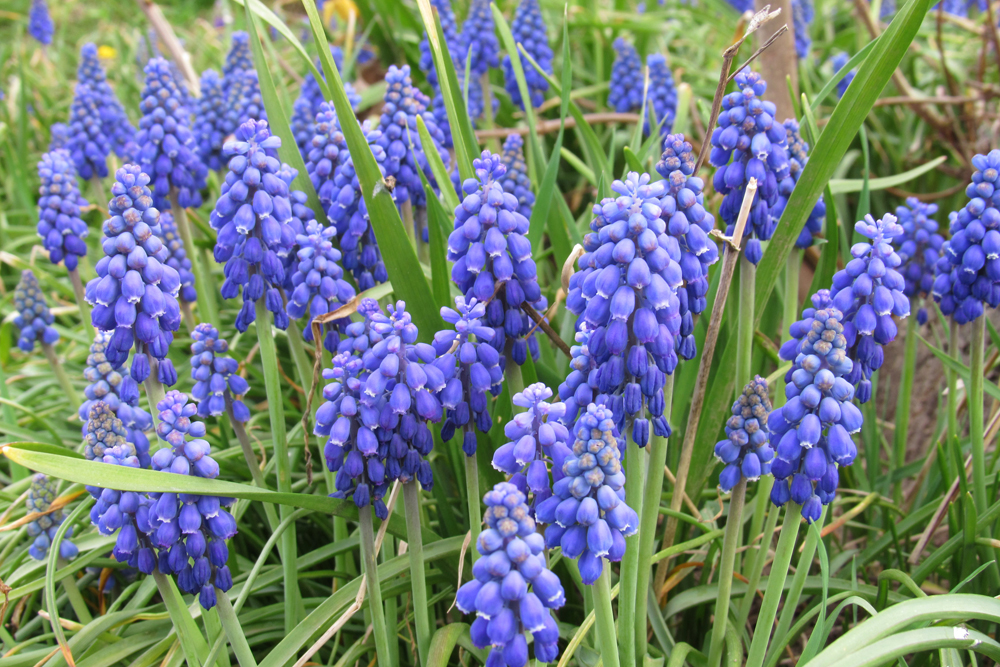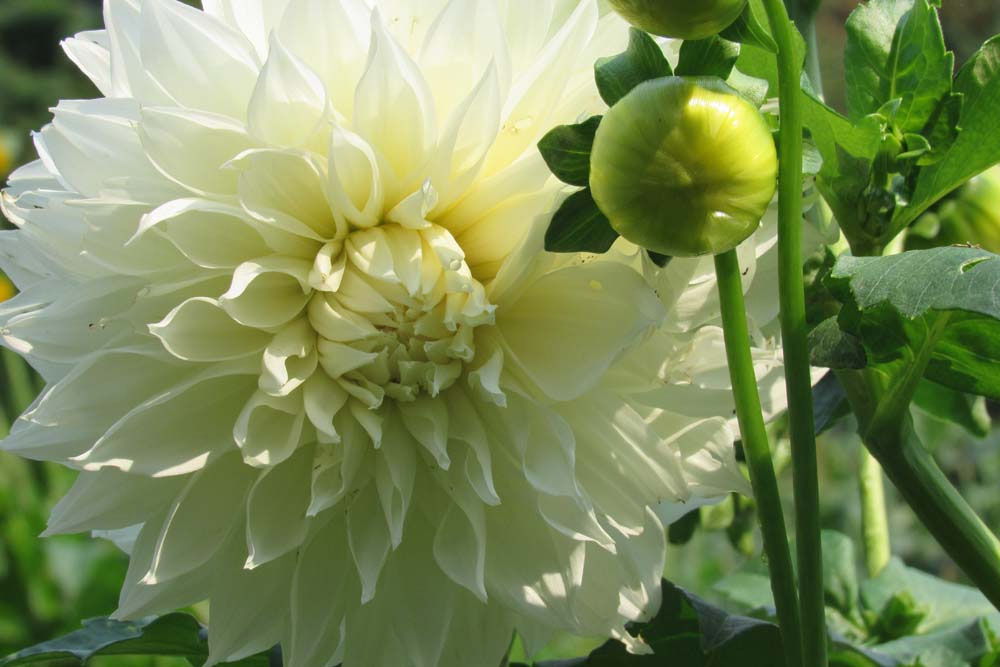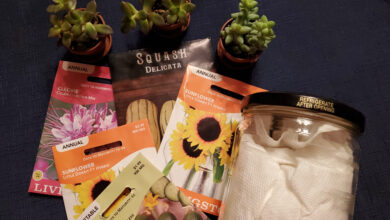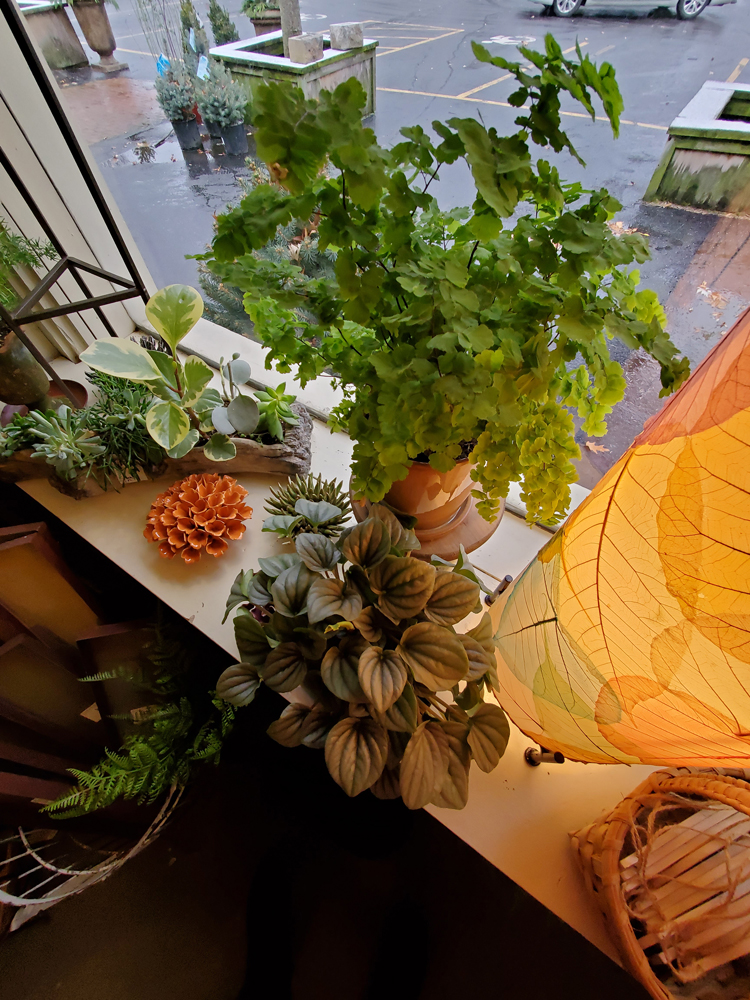Naturalizing spring bulbs

Now is the time to plant spring-blooming bulbs, and you don’t need a large yard to consider a naturalized bulb planting. A naturalized garden is one that is planned to look as if it popped up naturally. You can naturalize spring bulbs in garden beds and borders of any size as well as in open areas of your yard or at the edges of woodlands and meadows. Naturalizing mimics nature by planting in irregular clumps throughout the garden or landscape. For spring bulbs, it also means planting varieties that will come back year after year and that will easily spread without being too aggressive.
Michigan State University Extension says there are a number of things you need to keep in mind if you are planting bulbs that will naturalize. Plan to leave the planting bed in for a number of years. As the bulbs begin to naturalize, the bed will take on a life of its own. Bulbs that propagate (reproduce) on their own are the best ones to choose, as are bulbs that are not fussy about moisture, light, or soil type. Finally, choose bulbs that are vigorous without becoming invasive.
Naturalize bulbs in spots that require less maintenance. It is important that they can be left alone after planting. After blooming in the spring, leave the foliage to die back. This process can take several weeks. Allowing the foliage to die back naturally helps to recharge the bulb for the following spring.
MSU Extension recommends daffodils, crocuses, snowdrops, and grape hyacinths for naturalizing. Other options include glory-of-the-snow and winter aconite. When growing conditions are ideal, these flowers will gradually spread beyond their original location and give a very natural feel to the landscape. You may find that daffodils need dividing every few years to keep them blooming at their best.
When deciding on a planting site, full sun really is best. Bulbs do best year after year if they receive adequate sunlight during their recharging period. Spring bulbs like rich, well-drained soil and also warmth to grow and bloom. Avoid wet areas, which will encourage the bulbs to rot, and low-lying areas, which tend to collect frost late in the spring.
Plant bulbs in a more or less random pattern. You can simply toss them over the garden and plant them where they fall, or plant groups of bulbs throughout the garden or yard. Odd numbers tend to look more natural. Planting depth depends on the type of bulb you are planting. Follow directions on the bulb package, but in general, plant bulbs two to three times deeper than their diameter. For example, bulbs one inch in diameter should be planted two to three inches deep. Always plant with the pointed end up and the root facing downward. If you’re not sure, you can place the bulbs on their sides, which is preferable to planting them upside down.






